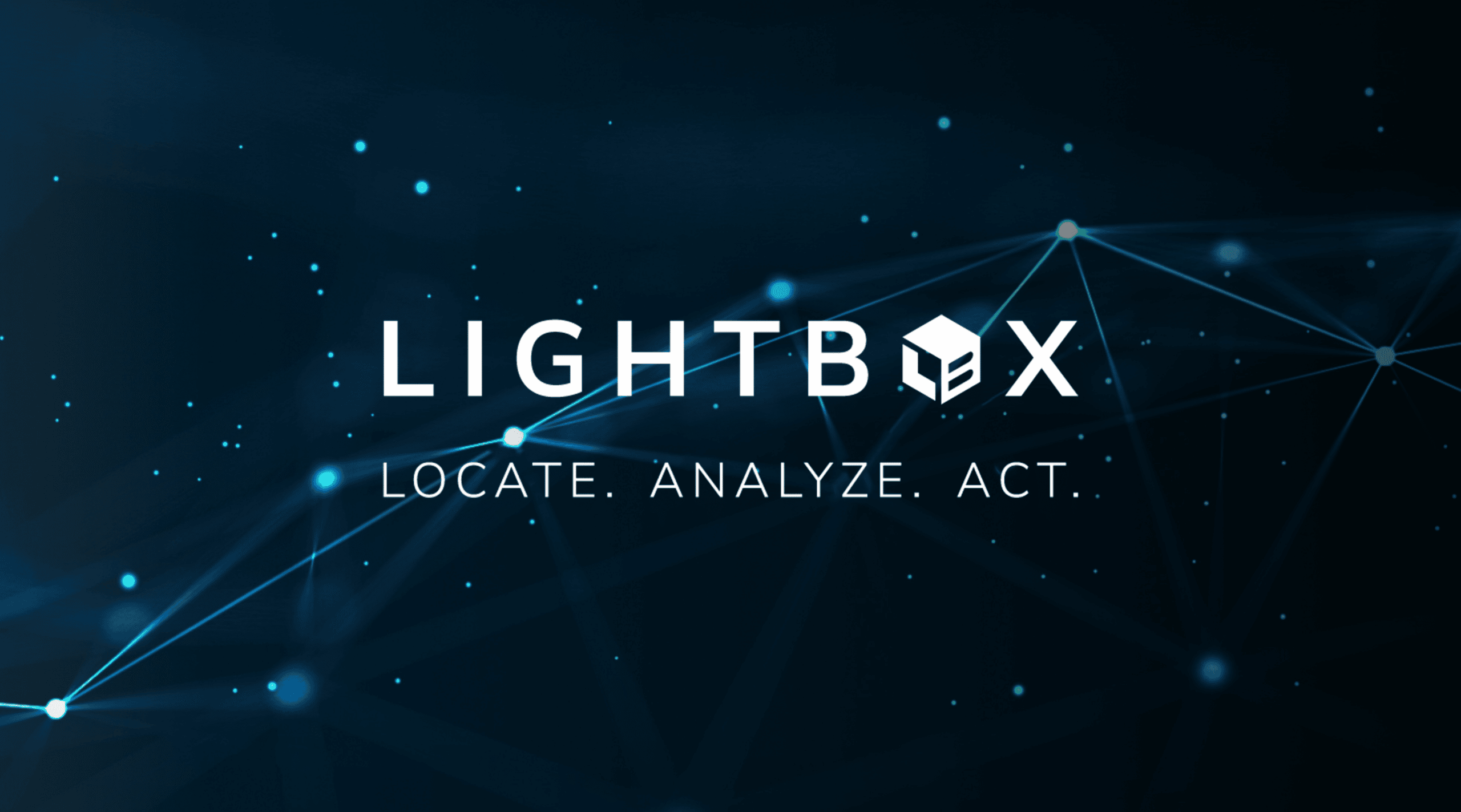With technology at the center of almost every aspect of a business, organizations today have a vast amount of data at their disposal. Forward-thinking companies realize if they analyze this information efficiently, they can allocate resources for maximum effect and gain a competitive edge in the marketplace. This is why more and more decision-makers are turning to systematic data analytics instead of simply relying on their intuition and experience.
GIS technologies are at the heart of this transformation. Even in the most disparate datasets, location-awareness is a common factor, allowing organizations to visualize and analyze data effortlessly. Here are some industries that are using sophisticated GIS tools to become more customer-focused and agile.
1. Retail
Take any retail function – store planning, inventory planning, retail optimization, sales planning, or planning marketing campaigns – customer location is the basis of all activities. Having access to information such as where your customers live or work, and how far they are willing to travel to make a purchase, is essential for evaluating market expansion or preparing a market strategy. GIS technologies expedite this process by combing accurate Canadian address points and postal code data with government-verified demographic data and providing retailers with insightful results. For example, understanding the occupancy density of condos in major cities and proximity to pre-defined points of interest (POI) can better inform the selection of new retail sites.
2. Insurance
Automation being a key differentiator in defining the customer experience today, insurance companies want to digitize their underwriting process and offer data-backed quotes to their prospects through websites and mobile apps within minutes. However, for any kind of customer self-service product, accurate address collection and verification is essential. Inaccurate or out-of-date address and postal code data can lead to faulty risk territory identification and mistakes in processing requests. Therefore, progressive insurance companies rely on cutting-edge location visualization software that use a national standardized layer for postal code (LDU) boundaries. Armed with a ‘one frame of reference’ for specific areas, insurance providers have been able to speed up the underwriting policy approval and pricing process significantly.
3. Utilities
Location is fundamental to all utilities. Precise location and address point data is essential for everything from outage restoration and maintenance crew scheduling to distribution network planning and servicing new connection requests. GIS tools provide integrated, accurate, and maintainable information solutions that can be used to coordinate utility assets and identify hidden market opportunities.
When Union Gas, a major Canadian natural gas storage, transmission, and distribution company, used DMTI Spatial’s GIS visualization tools to see the addresses of existing customers and cross-referenced those with neighborhood and property characteristics, they could pinpoint the exact geographies to extend their marketing campaigns. As a result, uptake rates increased to 4% — and in some areas, went as high as 8% — in contrast to the usual average of 1%.
4. Telecom
With fifth-generation (5G) wireless technologies ushering in a new world of opportunities, progressive telecom companies are using GIS to define the competitive terrain of the future. Telecom service providers realize that foolproof cell site selection is necessary to capture growth in a cutthroat market. GIS helps operators to zero down on profitable cell sites determined by the lowest expansion cost and greatest market potential. This is made possible by factoring in a number of pre-defined criteria, such as existing customer base, population density, demographics, nearby points of interest, service accessibility, and even local laws.
GIS is also helping telecom operators to enhance their sales and service delivery by streamlining the order-to-activation process with accurate and unique address databases.
5. Government
Precise geographical information is critical for government departments to make informed decisions that keep the citizens safe and improve their quality of life. In fact, many routine operations of the government are spatial in nature, including land parcel identification for taxation; emergency response and management; maintenance and future development of utilities and infrastructure; and tracking crimes, fires, and accidents. Geographical information systems act as a single source of information for all governmental needs and lead to better interdepartmental coordination between different federal agencies. A robust GIS platform will not only contain the most up-to-date and accurate addresses, postal codes, and street information, it will also be packed with dozens of supplementary data layers, such as, water bodies, land use, POIs, etc., that can be incorporated into strategic planning initiatives by government agencies.
To sum up, GIS technologies integrate and interpret multiple datasets swiftly to unearth hidden trends, patterns, and insights. DMTI Spatial’s GIS solutions integrate with existing IT systems seamlessly and securely to provide the most complete and up-to-date location information for accurate customer profiling, direct marketing optimization, precise territory management, serviceability enhancement, and profitable market expansion.
To learn how GIS can help transform your organization for the better, contact us here.
